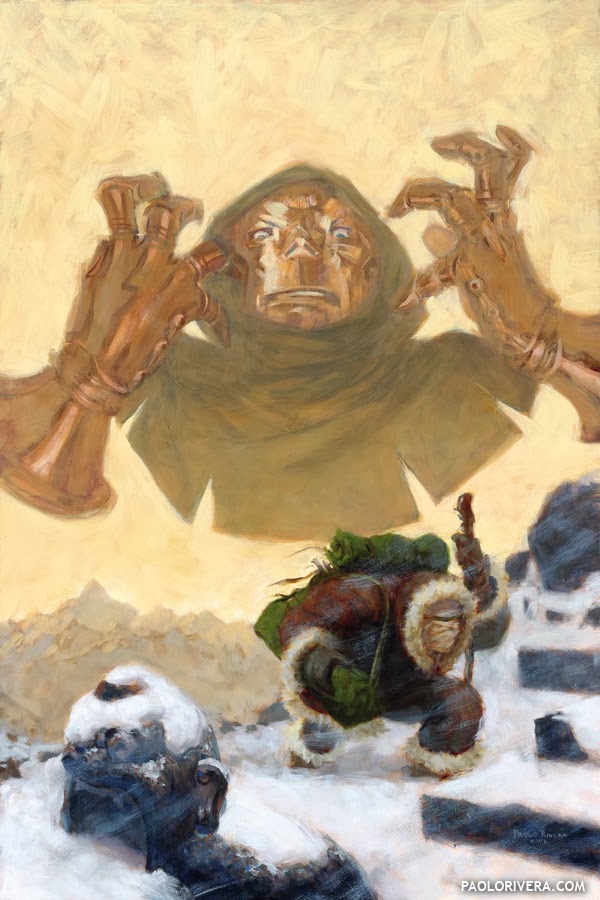 |
| BOOKS OF DOOM #4 COVER (originally slated for #3). 2005. Oil on masonite, 16 × 24″. (Finished in Feb 2005) |
I have in my possession an artifact of great historical importance to myself and no one else: my digital calendar. Beginning on Monday, February 28, 2005, it records nearly every event of my life, both personal and professional (including the hours required to write this blog post). If accurate, during the course of that initial week I spent 6 hours at the gym, cleaned the bathroom for 1.5 hours (filthy, I’m sure), went to Costco, a friend’s book signing, and Drew’s party (I can’t recall who Drew is at the moment).
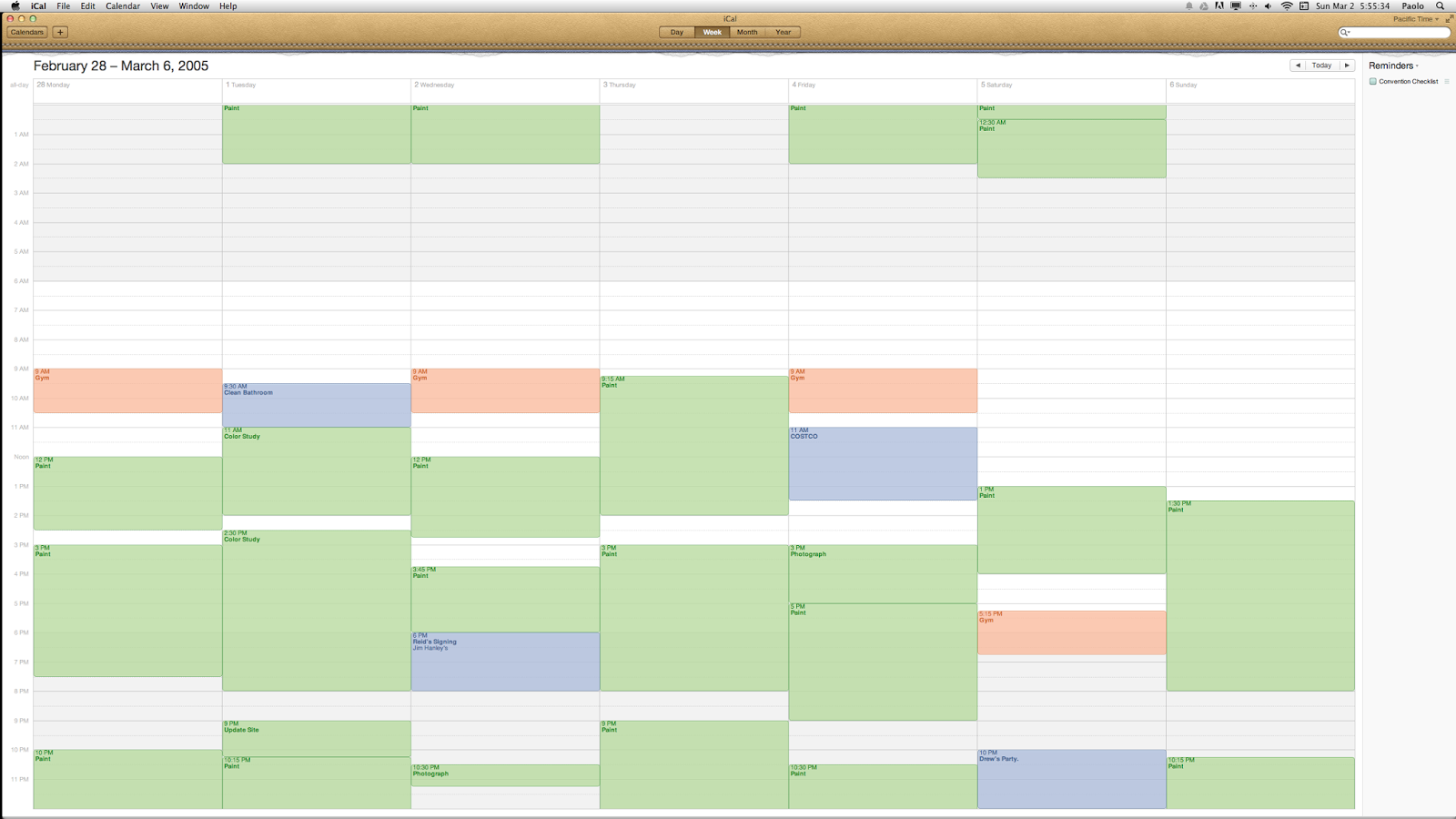 |
| Boring, I know… but bear with me. |
The vast majority of the week, however, was spent making comics. I finished painting 2 covers, varnished and photographed 2 others, and began painting the 4th page of an X-Men book — all in all, 68.5 hours of work. I know this because I used iCal, Apple’s default calendar app, not like an appointment book, but as a time log and to-do list. Nearly a decade later, haven’t stopped keeping track.
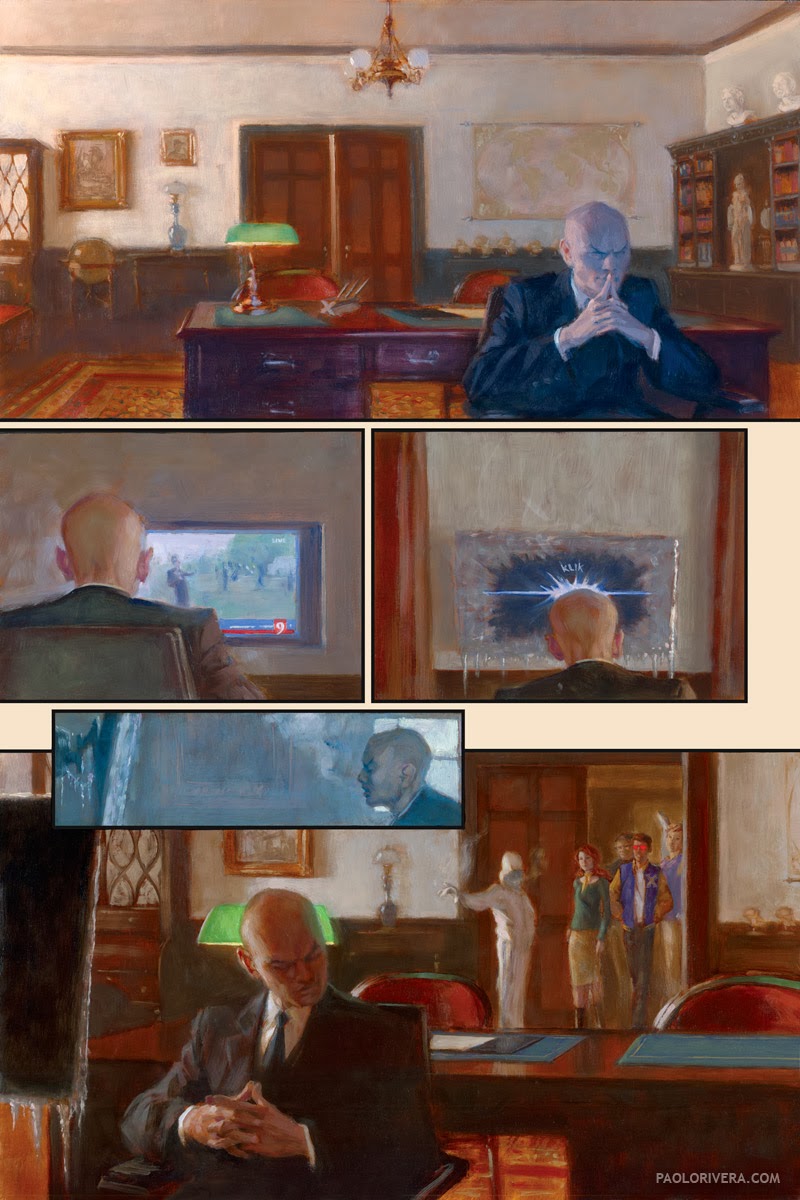 |
|
MYTHOS: X-MEN PAGE 4. 2005.
Oil on masonite, 16 x 24″.
(Finished in Feb 2005) |
Although I’ve upgraded computers twice since then, I still use the same program to monitor my “man-hours,” albeit with a few more bells and whistles. I now keep Calendar (formerly iCal) linked to my Google Calendar account, which keeps the information in the cloud, and hence accessible from multiple devices. There are several sub-calendars within the program, meaning I can separate different types of tasks and toggle them on and off. They’re also color-coded to help me organize things at a glance. My current list includes Projects, Books (to keep track of what I’m reading), Personal, Blog and Email, Art Sales, and $ (to help keep track of bills and such). You can also subscribe to calendars like US Holidays, Phases of the Moon, and Birthdays from your contacts list.
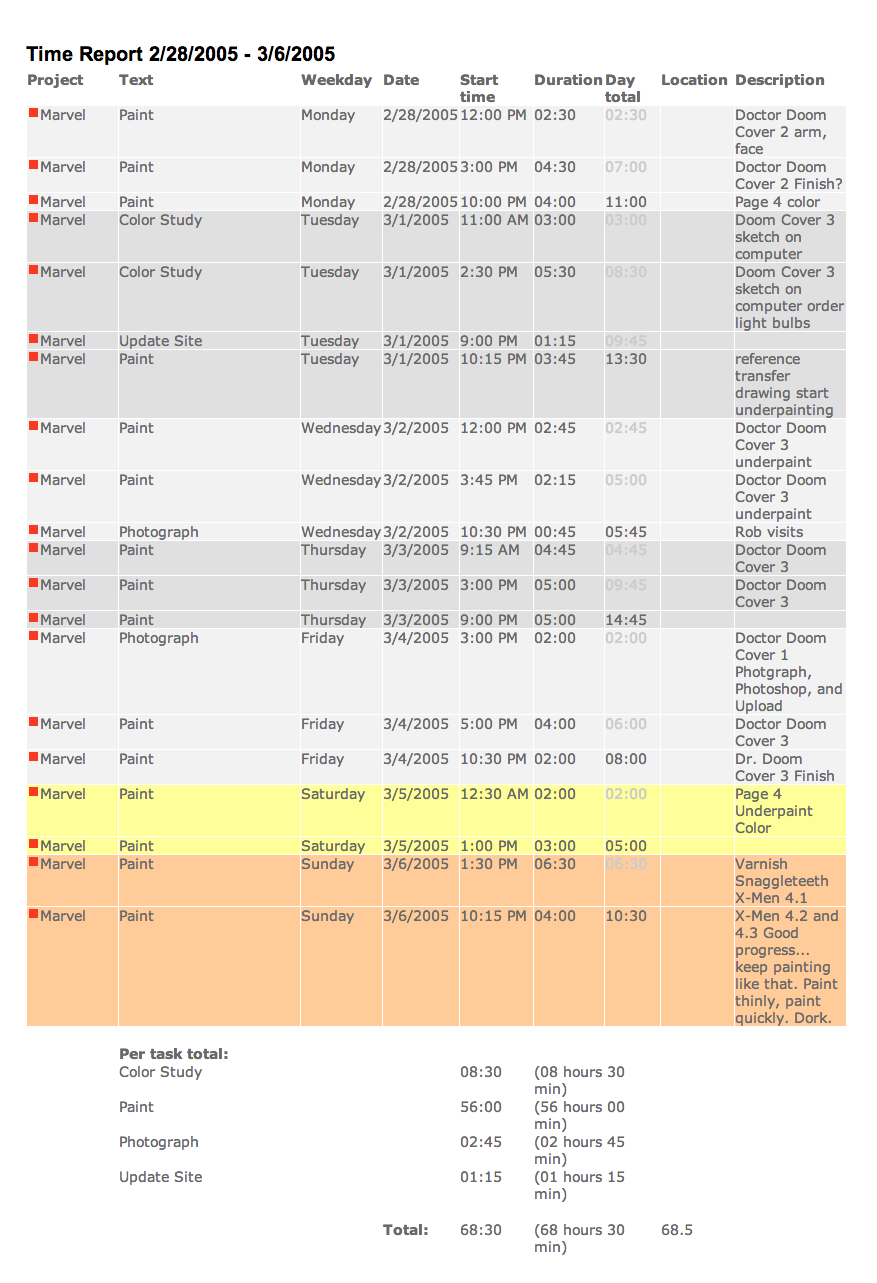 |
|
I used to keep more detailed notes on each event. That lasted for a week.
|
But you probably already knew all this — what I want to show is how I utilize that information. By far, the best tool I’ve found is GTimeReport, a web site that will tally all those hours and organize the results according to my own specifications. I used to enlist the help of another app that required each entry to be labeled with special tags in the note section, but this one needs no special designations, making it far easier to use.
To use it, you must have a Google account (automatic if you have a Gmail address) and be willing to give the program access to read the calendar. I don’t take this step lightly, of course, but permission is granted through Google’s own site, so you never have to reveal your password.
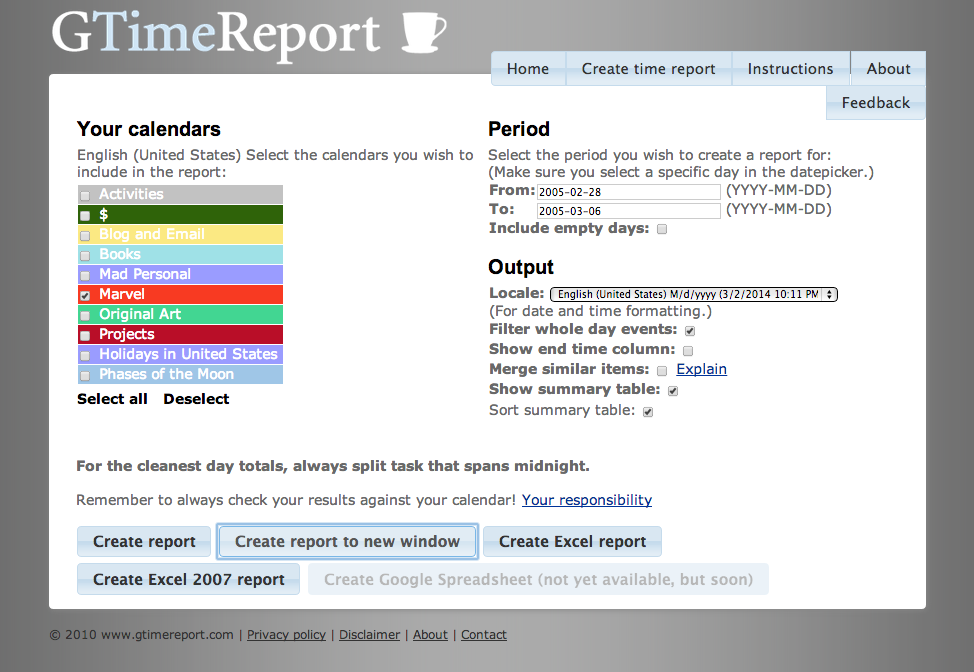 |
| this information can also be exported to spreadsheet apps |
It only accesses your calendar when you ask it to, and only for the designated interval. I always choose the “Show summary table” option, which combines and tallies similarly-named entries. This makes it easy to read and organize, especially since a single project can have many phases. I like to keep them separated so I know exactly how long each part took. (I used to record the details of each event in the Notes section, but now I put most of the pertinent information in the title so I can read it at a glance.)
 |
| a Timetrek screenshot |
If you’d rather not do that, there are plenty of other options. My colleague and friend, Katherine Roy, uses Timetrek, a time-tracking app that lets you clock in and clock out (or even take a coffee break). Although I haven’t used it myself, it looks very easy to setup and manage.
 |
| SABRETOOTH: OPEN SEASON #4. 2004. Oil on masonite, 16 × 24″. (varnished in Feb 2005) |
So what? Why keep track of your hours in the first place? Because no one else is going to do it for you. Since nearly every project I do comes with a flat rate, I need to have a solid idea of how long it will take me.
I’ve said this before, but it bears repeating. Keeping track of hours matters little for the project at hand — the true purpose is the accumulation, over time, of working data, the ultimate goal being the rejection of projects that pay too little or, more importantly, require more time than available. There’s no substitute for experience, so this will naturally be more difficult for those illustrators just starting out. The hope is that staying organized will make whatever experience you do have more meaningful.
Part 2: Organizing projects, deadlines, and $$$.


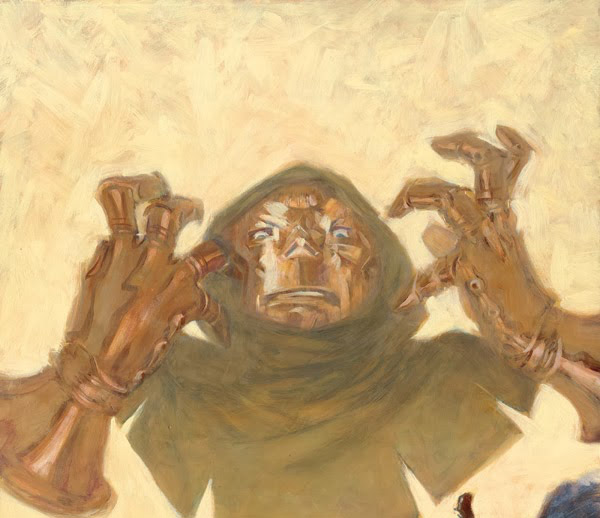

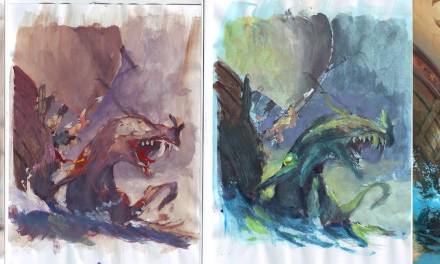

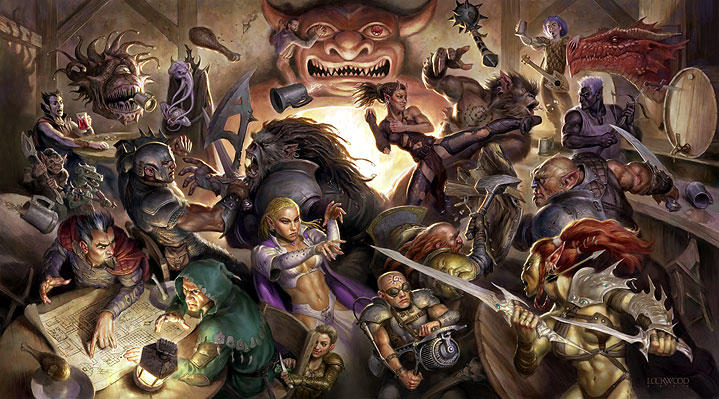

This is an excellent idea for artwork. We did this all the time in the engineering business (I think accountants and lawyers do as well) to make sure we were charging equitably and also to bid on large projects.
Awesome post! Thanks for the info and I look forward to part 2!
Very nice article! Need to get into that more. It frees up time!!!
“…and Drew's party (I can't recall who Drew is at the moment).” – that part had me fighting to keep the sip of coffee in my mouth 😀
Dan,
I've been trying to link my Mac Calendar and Google Calendar but the instructions I'm finding require me to manually click on the items I want to sync every time – I assume I want this to be automatic so that GTime can just find everything whenever I want to run a report. Can you briefly tell me or link me to an explanation of how to connect the calendars this way?
Thanks,
Ivan
This is exactly the information I have been looking for this week. Thank you! And when will “part two” come out?
Cheers,
Laura